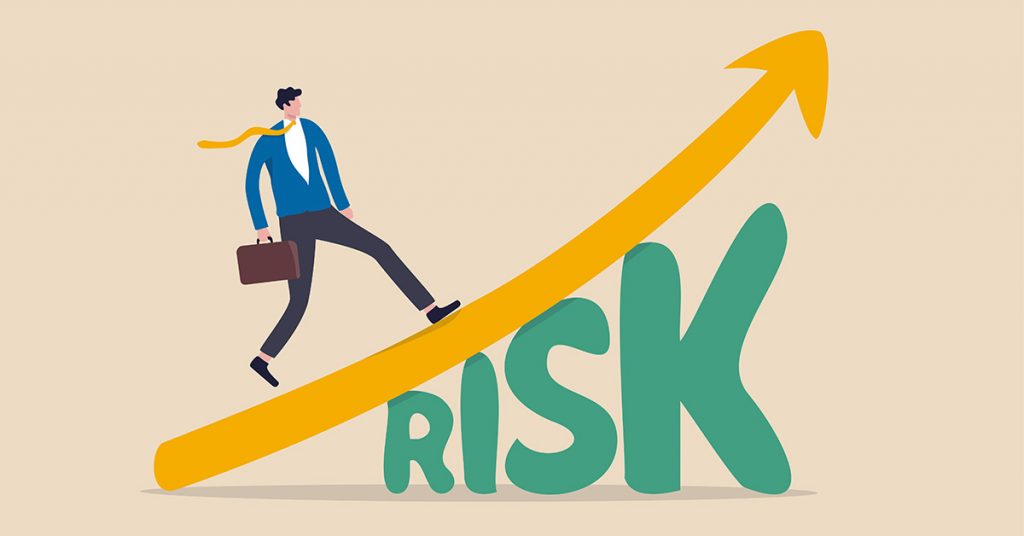Risk prevention is a critical aspect of business management that involves identifying, assessing, and mitigating potential risks to protect an organization’s assets, reputation, and overall success. In today’s dynamic Business Risk Management landscape, where risks can arise from various sources, businesses need to adopt proactive strategies to minimize the impact of potential threats. This article explores vital strategies companies should consider implementing to enhance their risk prevention efforts.
Overview of Risk Prevention
Risk prevention encompasses a range of activities to identify and address potential risks before they materialize into significant issues. It involves establishing robust risk management frameworks, fostering a risk-aware culture, and implementing proactive measures to prevent, mitigate, or transfer risks. By taking a proactive approach to risk prevention, businesses can safeguard their operations, maintain stakeholder confidence, and ensure long-term sustainability.
Strategies for Effective Risk Prevention
Comprehensive Risk Assessment
Conducting a thorough risk assessment is the foundation of effective risk prevention. Businesses should identify and evaluate potential risks specific to their industry, operations, and organizational objectives. This involves analyzing internal and external factors, such as market volatility, regulatory changes, cybersecurity threats, operational vulnerabilities, and emerging trends. By comprehensively understanding potential risks, businesses can develop targeted prevention strategies tailored to their unique circumstances.
Implementing Robust Internal Controls
Establishing strong internal controls is vital for risk prevention. This includes implementing segregation of duties, regular monitoring and auditing procedures, and ensuring compliance with relevant laws and regulations. By adopting a proactive approach to internal controls, businesses can detect and address potential vulnerabilities and fraud risks early on, minimizing the likelihood of significant financial or operational losses. Adequate internal controls also foster transparency, accountability, and ethical behavior within the organization.
Investing in Technology and Cybersecurity
In today’s digital age, businesses face increasing data breaches, cyber-attacks, and information security risks. Investing in robust cybersecurity measures, such as firewalls, encryption protocols, and employee training, is essential for risk prevention. By implementing proactive steps to protect sensitive data and prevent unauthorized access, businesses can safeguard their valuable assets and maintain the trust of customers and stakeholders. Regularly updating and patching software systems and conducting penetration testing can help identify and address potential vulnerabilities before they are exploited.
Building Strong Supplier and Vendor Relationships
Businesses rely on a network of suppliers and vendors to deliver products and services efficiently. However, these relationships can also introduce risks, such as supply chain disruptions, quality issues, or unethical practices. Establishing strong partnerships based on transparency, regular communication, and shared risk management strategies is crucial. By collaborating closely with suppliers and vendors, businesses can proactively address potential risks and ensure the continuity of their operations. Regularly evaluating suppliers’ performance, conducting due diligence, and diversifying the supplier base can help mitigate risks associated with supplier dependencies.
Continual Monitoring and Evaluation
Risk prevention is an ongoing process that requires continual monitoring and evaluation. Businesses should regularly review risk management strategies, adapt to changing market conditions, and learn from past incidents or near-misses. This includes gathering feedback from employees, stakeholders, and industry experts to identify areas for improvement. By embracing a culture of continuous improvement, businesses can stay ahead of emerging risks and proactively refine their risk prevention strategies. Conducting regular risk assessments, tracking key risk indicators, and utilizing data analytics can provide valuable insights for identifying potential risks and optimizing risk prevention efforts.
Conclusion
In conclusion, businesses must recognize the importance of risk prevention and take proactive measures to safeguard their operations, reputation, and long-term success. By implementing these strategies, companies can effectively prevent and mitigate potential risks. Risk prevention should be ingrained in the organizational culture, with employees at all levels actively identifying and addressing risks.
–It is crucial to foster a risk-aware mindset and provide regular training to enhance risk prevention capabilities across the organization. By promoting transparency, accountability, and ethical behavior, businesses can create an environment that encourages proactive risk management and empowers employees to take ownership of risk prevention.
